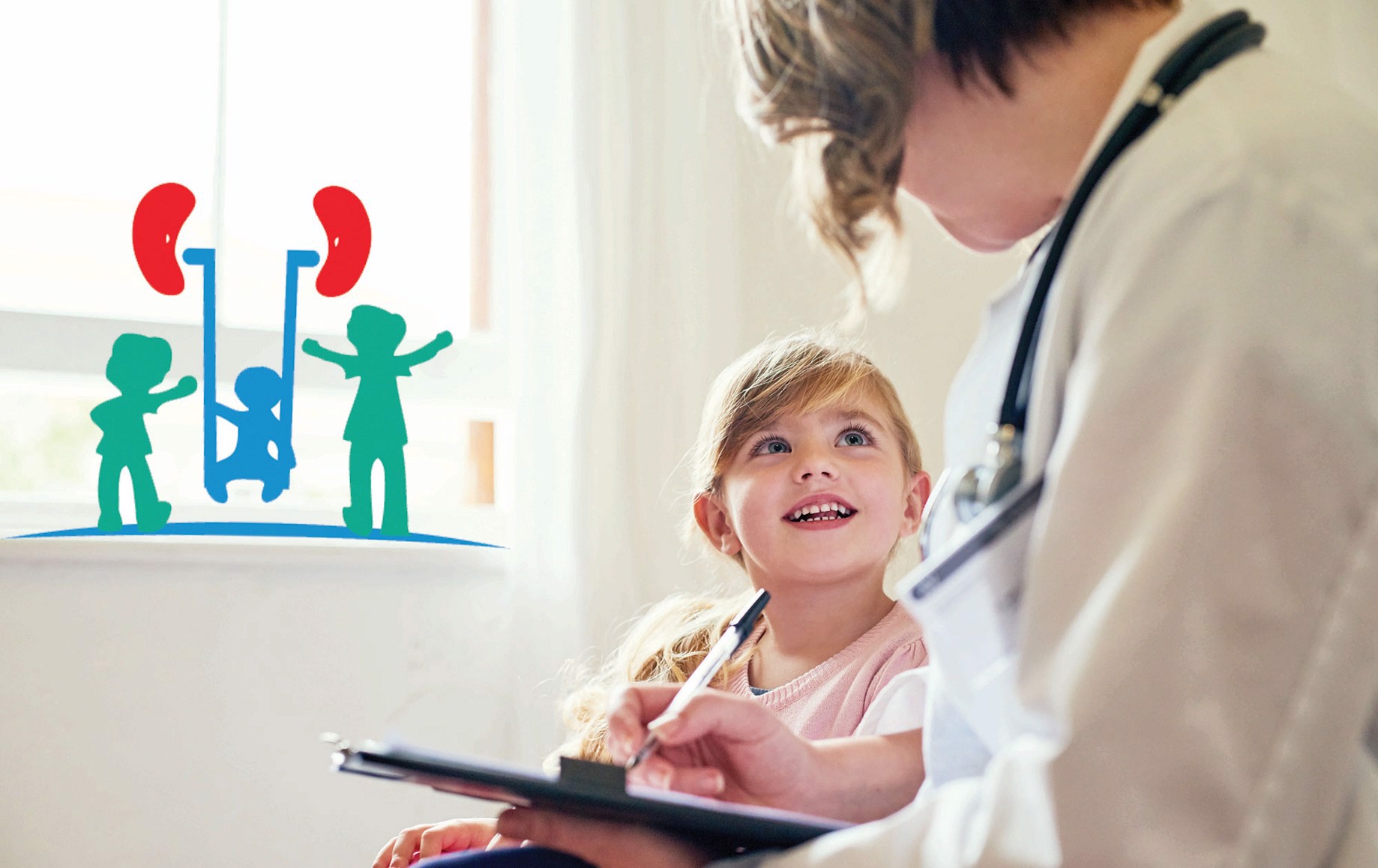Urological issues in pediatric patients can range from congenital abnormalities to acquired conditions, each requiring careful assessment and tailored treatment. Pediatric urologists are specialized in diagnosing and managing these issues, ensuring optimal outcomes for young patients. Here’s an overview of common urological problems in children, how they are assessed, and the treatment options available.

Common Urological Issues in Pediatric Patients
1. Congenital Anomalies
Description: Congenital urological anomalies are present at birth and may involve abnormalities in the kidneys, ureters, bladder, or urethra.
Examples:
- Hydronephrosis: Swelling of the kidney due to urine buildup, often caused by obstruction in the urinary tract.
- Vesicoureteral Reflux (VUR): A condition where urine flows backward from the bladder into the ureters and kidneys.
Assessment:
- Ultrasound: Used to visualize structural abnormalities and assess kidney size and function.
- Voiding Cystourethrogram (VCUG): A special X-ray that shows how urine flows through the bladder and urethra.
Treatment:
- Surgical Intervention: This may be required to correct structural issues or relieve obstructions.
- Medications: Antibiotics for infection prevention in conditions like VUR.
2. Urinary Tract Infections (UTIs)
Description: UTIs are infections in any part of the urinary system, including the kidneys, bladder, and urethra.
Symptoms:
- Fever
- Painful urination
- Frequent urination
Assessment:
- Urinalysis: Tests for signs of infection, such as bacteria or white blood cells in the urine.
- Urine Culture: Identifies the specific bacteria causing the infection.
Treatment:
- Antibiotics: Prescribed to eliminate the infection.
- Hydration: Encouraging fluid intake helps flush out bacteria.
3. Enuresis (Bedwetting)
Description: Enuresis is the involuntary loss of urine during sleep, common in young children but can persist into adolescence.
Assessment:
- Medical History: Evaluation of family history and any underlying medical conditions.
- Bladder Diary: Tracking fluid intake and urination patterns.
Treatment:
- Behavioral Therapy: Techniques such as bladder training and positive reinforcement.
- Medications: Desmopressin or imipramine may be used in certain cases.
4. Testicular Conditions
Description: Conditions affecting the testicles include cryptorchidism (undescended testicle) and testicular torsion.
Assessment:
- Physical Examination: Checking for abnormal positioning or tenderness.
- Ultrasound: Used to assess blood flow and detect abnormalities.
Treatment:
- Surgical Intervention: Surgery may be needed for conditions like cryptorchidism or testicular torsion.
- Observation: In some cases, regular monitoring may be sufficient.
5. Hypospadias
Description: A congenital condition where the urethral opening is not located at the tip of the penis but rather on the underside.
Assessment:
- Physical Examination: To assess the location and appearance of the urethral opening.
- Imaging: This may be used to evaluate the extent of the condition.
Treatment:
- Surgical Repair: Typically performed when the child is between 6 and 12 months old to correct the positioning of the urethral opening.
6. Phimosis and Paraphimosis
Description: Phimosis is when the foreskin cannot be retracted over the head of the penis, while paraphimosis occurs when the foreskin, once retracted, cannot return to its normal position.
Assessment:
- Physical Examination: To evaluate the retractability of the foreskin and any associated symptoms.
Treatment:
- Topical Steroids: Often used to help with phimosis.
- Surgical Intervention: Circumcision may be recommended for severe cases.
7. Bladder Dysfunction
Description: Bladder dysfunction can include overactive bladder or bladder outlet obstruction.
Assessment:
- Urodynamics: Tests that measure how well the bladder and urethra are functioning.
- Ultrasound: To assess bladder volume and post-void residuals.
Treatment:
- Behavioral Therapy: Bladder training and scheduled voiding.
- Medications: To manage symptoms like urgency or incontinence.
General Assessment and Diagnostic Approaches
- Detailed Medical History: Understanding the child’s symptoms, family history, and relevant medical conditions.
- Physical Examination: Conducted to identify any physical abnormalities or signs of discomfort.
- Imaging Studies: Includes ultrasound, VCUG, and CT scans to visualize internal structures.
- Laboratory Tests: Urinalysis and urine cultures to diagnose infections or other abnormalities.
Worried about your child’s urological health? Get expert care with kids urology treatment in Bangalore. SSurocare Our team understands the unique challenges young patients face and provides gentle, effective treatment for conditions like urinary tract infections, bedwetting, and other urological issues. With a focus on comfort and quality care, we ensure a supportive environment for both children and parents. Choose compassionate, specialized care to help your child feel their best.
Care Approaches and Management
- Individualized Treatment Plans: Tailored to the child’s specific condition and needs.
- Multidisciplinary Care: Collaboration with other healthcare providers, such as pediatricians and nephrologists, for comprehensive management.
- Parental Education and Support: Educating parents about the condition, treatment options, and managing care at home.
Conclusion
Pediatric urological issues require specialized assessment and treatment to ensure the best outcomes for young patients. Pediatric urologists play a crucial role in diagnosing and managing these conditions, using a combination of medical history, physical examination, imaging studies, and laboratory tests. By providing individualized care and involving parents in the treatment process, healthcare providers can effectively address urological concerns and support the health and well-being of pediatric patients.